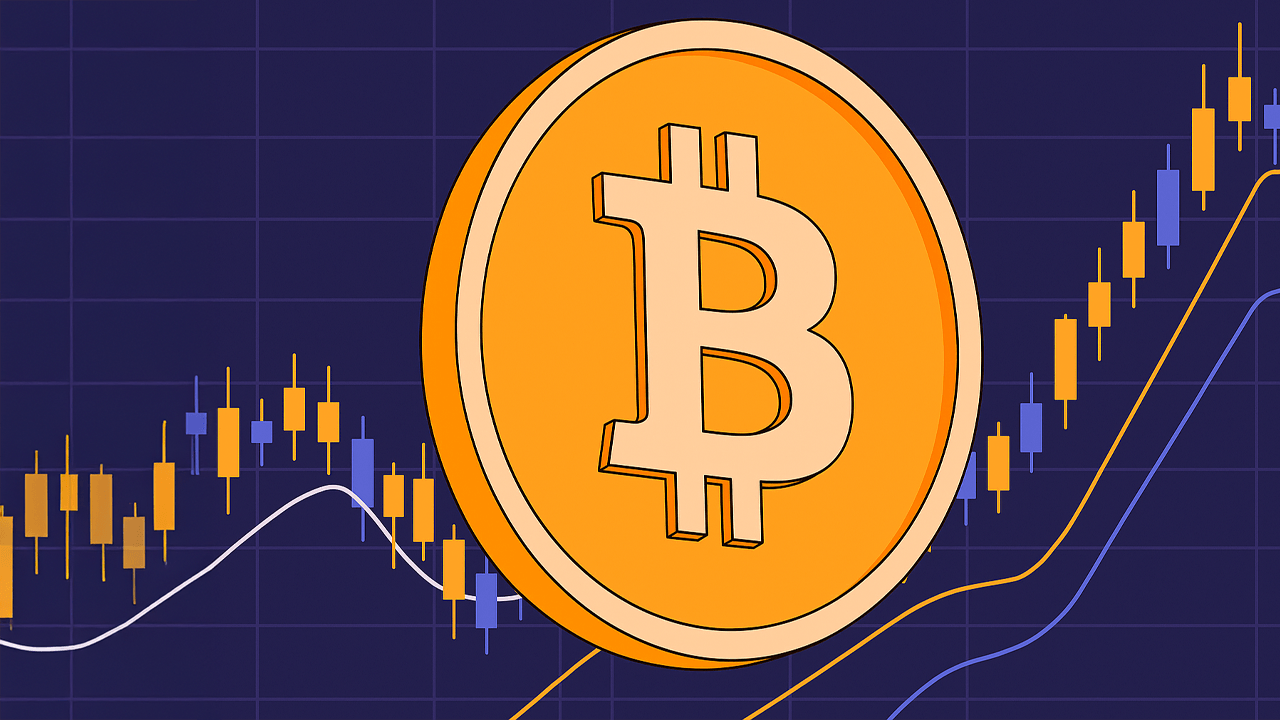Bitcoin Price Stabilizes After Brief Dip During Ongoing ETF Outflows

Bitcoin experienced a brief dip to a 24-hour low of $115,000 in the early hours of Friday morning before recovering slightly to around $116,000 as the day progressed. This movement reflects a 2% decline over the past 24 hours, driven primarily by continued outflows from US spot exchange-traded funds and selling pressure from long-term investors.
The US spot Bitcoin ETFs have recorded net outflows for the third straight day, signaling a shift in investor sentiment. Data from Farside Investors shows that Wednesday saw about $86 million withdrawn from these funds, contributing to the broader pattern of capital exiting the market. This development has raised questions among traders about the short-term direction of Bitcoin’s price.
Cumulative net outflows for the week now exceed $285 million, with Monday marking the heaviest single-day withdrawal at $131 million. These figures underscore the uneven flow of investments into Bitcoin related products, even as the asset maintains its position as a key player in the digital economy. Investors appear to be reassessing their positions amid fluctuating market conditions.
Not every ETF faced redemptions during this period. BlackRock’s iShares Bitcoin Trust, known as IBIT, managed to draw in nearly $143 million in net inflows on Wednesday, providing a counterbalance to the overall trend. This inflow demonstrates sustained interest from certain institutional players who view Bitcoin as a viable addition to their portfolios.
In stark contrast, Fidelity’s Bitcoin fund recorded outflows of around $227 million, positioning it as the main contributor to Wednesday’s net withdrawals. Other funds, including Bitwise’s BITB and ARK Invest’s ARKB, also saw money leaving their coffers. These divergent performances illustrate the selective nature of current investment decisions in the ETF space.
Stay In The Loop and Never Miss Important Bitcoin News
Sign up and be the first to know when we publishLong-Term Holder Activity and Broader Market Context
Analysts point to long-term holders realizing profits as a factor adding to the selling pressure. This behavior suggests a growing sense of confidence among veteran investors who are choosing to cash in on their holdings after periods of appreciation.
While this uptick in sales from long-term holders indicates a phase of moderate distribution, it does not signal an imminent market top. Instead, it reflects a maturing cycle where participants begin to secure gains without showing signs of widespread panic or excessive optimism. Observers note that such patterns are typical in evolving markets like Bitcoin’s.
Bitcoin’s recent volatility remains within standard ranges, offering reassurance that the asset is not entering a panic mode. The price action, though downward in the short term, aligns with historical fluctuations that have often preceded periods of consolidation or recovery.
Institutional adoption continues to gain traction, with several major companies maintaining significant Bitcoin treasury reserves on their balance sheets. This trend bolsters the asset’s credibility as a store of value and hedge against traditional financial risks. As more entities integrate Bitcoin into their strategies, it strengthens the foundation for long-term growth.
Regulatory progress in various regions is also creating a more favorable landscape for cryptocurrencies. Vietnam has introduced a blockchain-based identity solution aimed at enhancing security and efficiency in digital transactions. Similarly, Nigeria has adopted a welcoming approach toward stablecoin firms, encouraging innovation in the sector.
These developments contribute to an environment where Bitcoin and related technologies can thrive despite temporary setbacks. The combination of institutional interest and supportive policies helps offset the impact of ETF outflows and holder sales.
Overall, the current dynamics in the Bitcoin market reveal a blend of challenges and opportunities. The outflows and profit-taking represent natural corrections in a bull cycle, while positive institutional and regulatory shifts provide underlying support.

